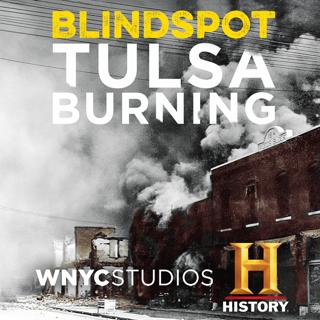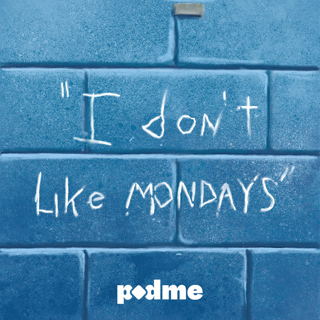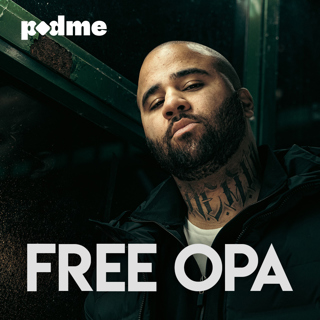
Episode 2: The Mole
In 1981, the radical cleric Omar Abdel-Rahman -- known as The Blind Sheikh -- inspires the assassination of Egyptian president Anwar el-Sadat at a military ceremony. One of the soldiers present is Emad Salem. He swears revenge against the Sheikh. Cut to: 1990. Salem is retired from the Egyptian army and scratching out a living as an immigrant in New York. NYPD Detective Louis Napoli and FBI Special Agent John Anticev approach him with a potentially life-altering request. Would he be willing to infiltrate a terrorist cell in Brooklyn led by the Blind Sheikh himself? Salem agrees and, relying on his street smarts and military experience, becomes a trusted member of the cell. He’s on the brink of uncovering a major plot when FBI supervisors make a disastrous decision.
9 Syys 202044min

Episode 1: The Bullet
The 9/11 attacks were so much more than a bolt from the blue on a crisp September morning. They were more than a decade in the making. Our story starts in a Midtown Manhattan hotel ballroom in 1990. Shots ring out and the extremist rabbi, Meir Kahane, lies mortally wounded. His assassin, El-Sayyid Nosair, is connected to members of a Brooklyn mosque who are training to fight with Islamic freedom fighters in Afghanistan. NYPD Detective Louis Napoli and FBI Special Agent John Anticev catch the case, and start unraveling a conspiracy that is taking place in plain sight by blending into the tumult of the city. It is animated by an emerging ideology: violent jihad.
9 Syys 202047min

Introducing Blindspot: The Road to 9/11
Time has flattened our understanding of the 9/11 terror attacks. There’s a sense that they came out of the clear blue sky of the day itself. They didn’t. We'll revisit the evidence and question the people at the center of the story. Voices featured in this trailer include Jim O’Grady, Cofer Black, Steve Simon, John Anticev, Huthaifa Azzam, Michael Scheuer, Emad Salem, Mary Jo White, Cynthia Storer, and Matthew Besheer. The first two episodes drop Wednesday, September 9. Subscribe now.
31 Elo 20200s





















